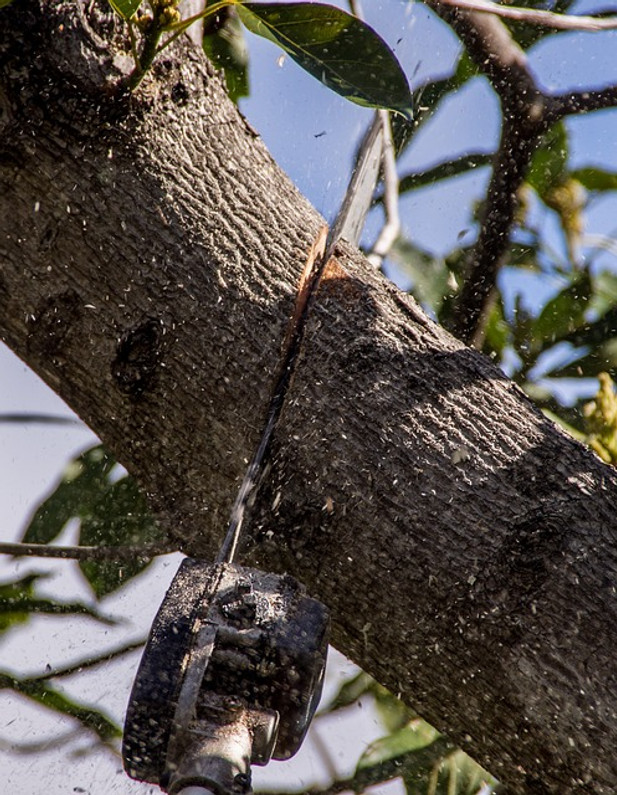Tree Pruning Safety 101: How to Prevent Injury When Pruning Trees
Overgrown trees are a major nuisance for homeowners and their family members. When left unchecked, a tree's canopy by expanding to the point where it encroaches upon a home's usable space. An overgrown tree, for example, may have long branches extending into the patio or that press against the home's siding. You can prune overgrown trees in your landscape, but you need to follow some basic safety tips to prevent injury.
Wait Until It's Sunny Outside
It's recommended that you wait until a bright and sunny day to prune trees in your landscape. If it's raining, it may create unsafe conditions that leave you vulnerable to injury. Tree branches are more likely to break under the weight of the rain. Alternatively, you may slip and fall on the wet ground or other wet surfaces.
Inspect Your Chainsaw
For medium- and large-sized trees, you'll typically need to use a chainsaw to prune them. Prior to using your chainsaw, though, you should take a few minutes to inspect it. When inspecting your chainsaw, make sure the chain is secure to the bar. If the chain is loose or otherwise not secure, it may fling off during operation.
Don't Cut Over Your Head
You shouldn't attempt to prune trees by cutting them over your head. In other words, don't hold your chainsaw -- or any other cutting tool -- higher than your chest. The chainsaw should be well below your head at all times. You'll be able to control the chainsaw more easily by keeping it below your head.
Wear Impact-Resistant Safety Goggles
Another important safety tip to follow when pruning trees is to wear impact-resistant safety goggles. If you've ever cut into a tree with a chainsaw before, you probably know just how much debris they can project. Small splinters and debris will quickly shoot out of the tree as your chainsaw digs into it. Without impact-resistant safety goggles, you could sustain an eye injury.
Maintain Footing
You can use a ladder to access overgrown trees for pruning, but you'll need to maintain your footing at all times. Chainsaws, of course, are heavy. And when you're carrying a chainsaw on a ladder, it's easy to lose your footing. To lower the risk of injury, consider wearing non-slip shoes or boots when pruning trees on a ladder. With their non-slip outer sole, they'll increase your stability and, therefore, lower your risk of fall-related injuries.
Recent Posts
-
Fire Safety in the Workplace: What You Need to Know
What steps are you taking to prevent fires in your workplace? According to the U.S. Occupational Saf …Aug 23rd 2023 -
Is It Safe to Go Jogging With a Cold Infection?
If you're suffering from a cold infection, you might be wondering whether it's safe to go jogging. T …Aug 22nd 2023 -
5 Safety Tips to Follow When Using a Powder-Actuated Tool
Powder-actuated tools are commonly used to join materials to steel and concrete. Also known as Hilti …Aug 20th 2023




